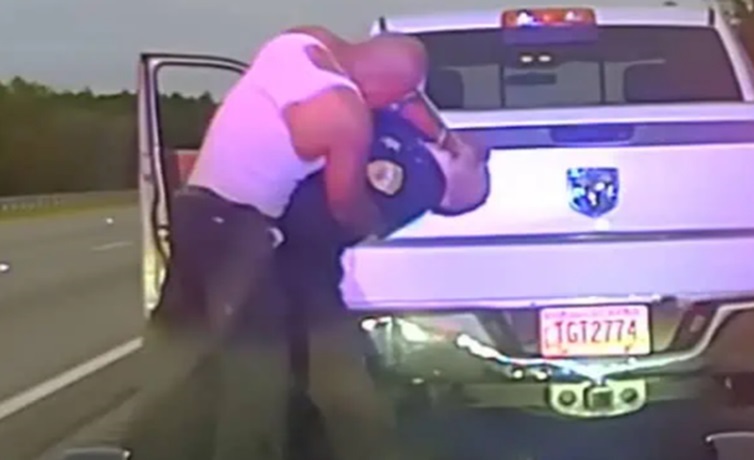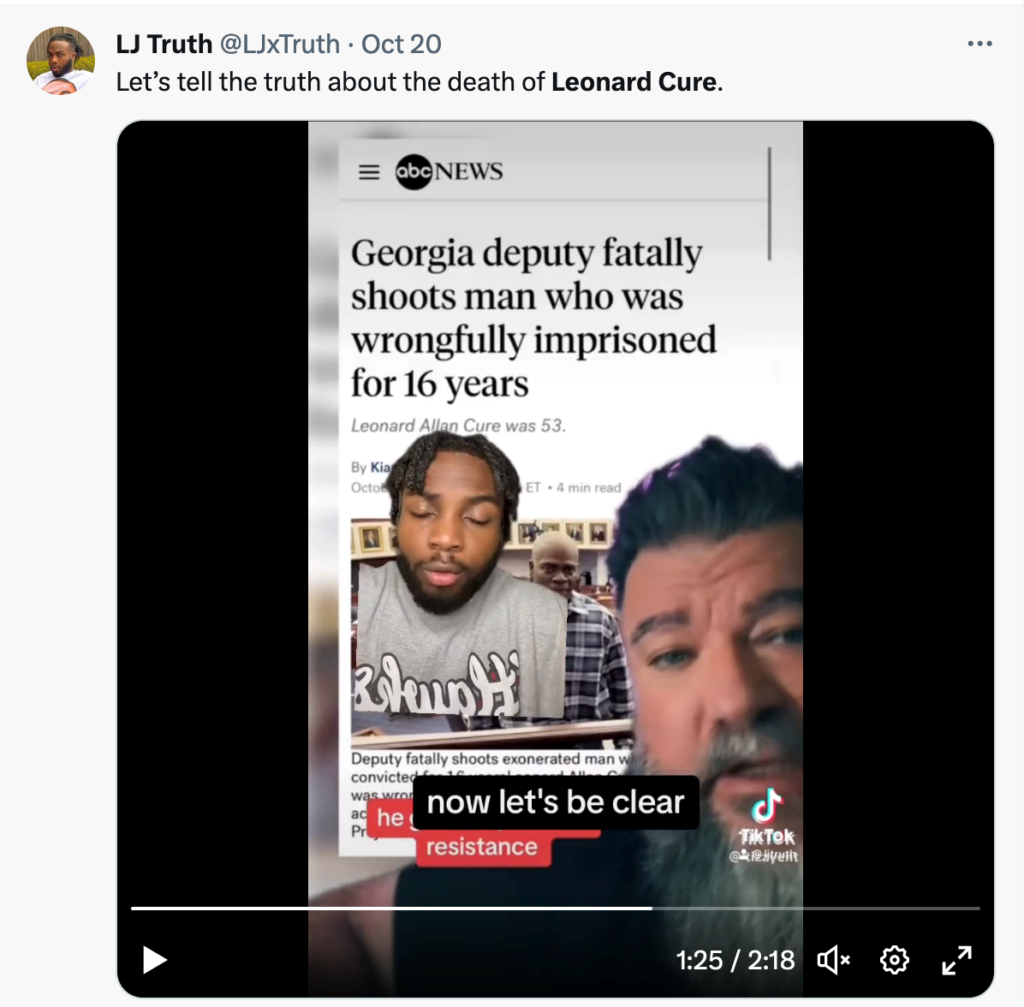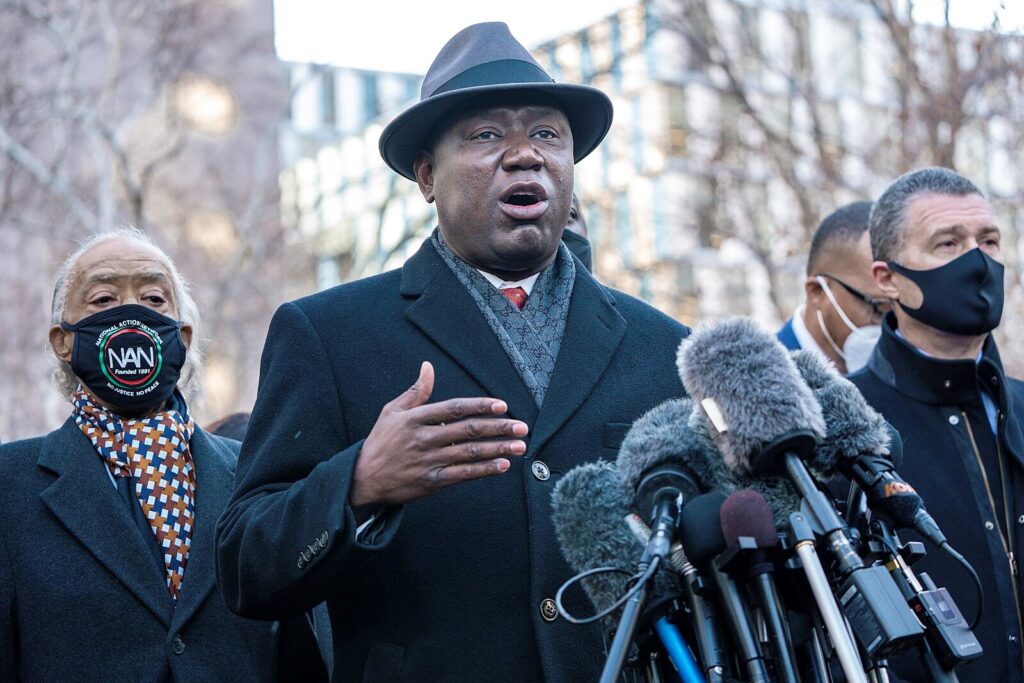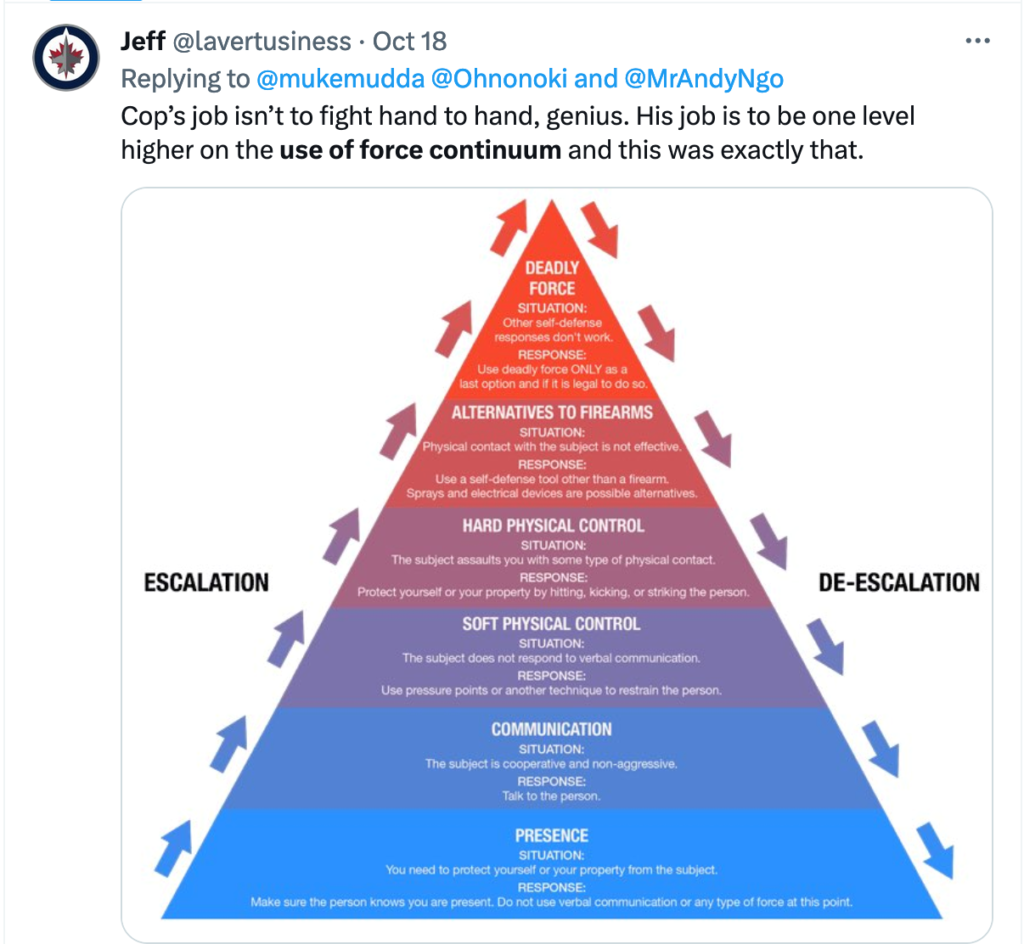
By Steve Pomper
Are we doing this again? Yet another cop, in a fight for his life, and still people question his reasonable actions when he’s forced to shoot and kill a violent suspect. Why? Because jurisdictions fail to do what cop advocacy groups like the NPA keep saying: educate the public about what cops do. Just because it doesn’t look good, doesn’t mean it wasn’t done right.

NPA Mobile Billboard supporting police (NPA screenshot capture)
As I quoted for an upcoming NPA article, the new Superintendent of the Chicago Police Department, Larry Snelling, addressed this issue eloquently. “I don’t think we’ve done a very good job of explaining what real constitutional, proactive police work looks like… ‘Sometimes, police work does not look good. But if we can explain the constitutionality of stops, of our interactions with individuals, I think it’ll be a lot more palatable for those who just don’t understand what they’re looking at.’”
These are simple yet brilliant words, “for those who just don’t understand what they’re looking at.” Cop-haters, who detest police work, don’t need any help from well-meaning people “who just don’t understand…” police work.
Speaking of people who hate cops, let’s check in with the Southern Poverty Law Center (SPLC), who are apparently “saddened” a good cop went home to his family that night.

These people are not misguided; they know what they want, and it’s not policing that works
With these stories, first, I look for any, oh, I can’t help you there, info that incriminates the officer. If I hit a hold-up moment, I just won’t write about it. I’m not denying rare officer wrongdoing happens. But there are plenty of people who will do that.
That’s not this case, judging by police video from Camden County, Georgia. A sheriff’s sergeant did what was necessary to go home. Yet, here we are again. Cop-haters transform some “harmless” person into a saint that cops hunted down and killed. They deify the suspect and vilify the cop. Add to this that media reporting, including the New York Post, used an irrelevant past event that created sympathy toward the suspect and animosity against the officer.

Fortunately, they did not have to add another name to the memorial
Nutshell version: The Camden County Sheriff’s Office released video of a cop who had to shoot a violently resisting suspect. He clearly tried to deescalate, using the use-of-force continuum from verbal to hands-on, to TASER, baton, and finally, firearm.
Now for the facts cop-haters would rather erase. Video: The suspect passes the sheriff’s sergeant on I-95, two lanes over, reportedly, at 100 mph. When the suspect finally stops, the cop gets out and shouts for him to “step out” of the vehicle (doesn’t want him to start driving again). The suspect, Leonard Cure, gets out, adopts a defiant stance and says, “I ain’t done shit.”
The cop grasps Cure’s elbow, attempting an “escort position,” and tells him to put his hands on the back of the truck. Instead, Cure sweeps the cop’s arm away (assault). He asks the cop who he is. The sergeant identifies himself. Cure steps to the back of the truck, puts his hands on the side, and tailgate but won’t turn away. The sergeant calls for backup and tells Cure to put his hands behind his back.
Cure still refuses, and the sergeant warns him again that he’ll use the TASER if he doesn’t comply. He tells Cure he’s going to jail for reckless driving, which is a crime, not just a speeding ticket.
Some criticized the sergeant for being “belligerent,” shouting from the beginning of the incident. They’re on a multi-lane, interstate freeway. It’s noisy, folks. You would shout too.
They’re on a freeway with traffic hurtling passed them only a few feet away. They might stumble or Cure could push the sergeant into traffic at any moment. A deadly threat, anyone? And not only could the cop and suspect have been severely injured or killed, falling into traffic could have caused other collisions.
Still uncooperative, the sergeant finally deploys his TASER. But rather than incapacitated, Cure lunges at the officer, slapping at the wires, causing the cop to back into a traffic lane as a semi passes close by. Cure’s reaction to the TASER is not normal. Drug use or mental illness, maybe?
The fight is on. Cure is a large man, and the TASER does not disable him. Cure positions his hand under the cop’s jaw and violently shoves his head back, endangering the officer’s neck and spine, while growling, “Yeah, bitch! Yeah, bitch!” Did you catch that part, SPLC?

This young man gives a superb—critically thought out—overview of the incident
The cop deploys his collapsible baton, but when this also fails, as a last resort, he draws his gun and fires from close range and stops the Cure’s attack.
Cure collapses with a bullet wound to his side. He tries repeatedly to get up, and the cop yells at him to stay down. A Brinks armored truck driver stops and holds the suspect at gunpoint while the sergeant handcuffs him. More cops arrive and begin lifesaving efforts, including CPR. Fire department medics arrive, take over emergency medical care, and later transport Cure to the hospital, where he dies.
The video clearly shows the sergeant acted professionally, in a life or death incident. Before the officer fires, viewers can see he’s exhausted. Alone at the scene, traffic whizzing by, the suspect violently resisting, the sergeant had no other reasonable options available.
Cops don’t take shooting people lightly, even those who attack them, as cop-haters want people to believe. The sergeant’s demeanor after the incident clearly shows that.
There are some unique, and I thought tainted-against-cops, angles in this reporting. The Post’s writer, and other media, makes a big deal about the exonerated suspect’s release from prison three years ago after 16 years incarcerated. It’s a tragic story, but here it’s irrelevant. It seemed intended to make the suspect sympathetic—and the sergeant less so.
Because of this, the initial internet response was decidedly against the officer. The sympathy play, using an irrelevant element in the cop’s self-defense, worked. But, according to Meaww.com, “The release of this video has sparked a considerable shift in public opinion regarding the incident.” Yet, the cop-haters gotta keep on hatin’.
How terrible for Cure and his family that he was wrongly imprisoned. It should not be minimized. However, for this incident, even if it did trigger “post-traumatic stress,” as some family claimed, the sergeant couldn’t possibly know about that. He must deal with the suspect’s violent actions.
The Post writer even seemed to read the suspect’s mind when she wrote, “Confused, Cure asks if there’s a warrant out for his arrest…” [after repeatedly refusing to comply]. He wasn’t confused. It seemed more a ploy to distract the officer.
The Post’s title: “Bodycam footage shows Georgia officer fatally shooting exonerated man during traffic stop.”
What does an exonerated man look like?
She also mentioned another irrelevancy. That Cure was black. At least, the cop could see the suspect was black. That he was exonerated was probably less visible.
The headline could have read, “Bodycam footage shows Georgia officer forced to shoot suspect who assaulted him.” But that’s not how it works, right? Still, this is surprising from the Post.
Cure’s brother was understandably upset at his death, but it shouldn’t obliterate his common sense. He said, “there was ‘absolutely no reason why my brother was murdered for a traffic stop.” First, no one was “murdered,” and, second, the suspect’s death didn’t happen because of a “traffic stop,” and, third, there was plenty of reasons.
Not surprisingly, the nation’s premier “‘racial justice’ profiteer…” and ambulance chaser, Benjamin Crump, was also predictably unreasonable. He said, “The deputy came off as aggressive from the beginning and made no attempt to de-escalate the situation.”
That is a lie.

Race profiteer Crump with Rev. Al Sharpton whose image is mercifully obscured by a face billboard
The suspect was immediately aggressive, non-compliant, and attacked the sergeant close to speeding traffic. Despite that threat to life and limb, the sergeant attempted to deescalate by going through the use-of-force continuum as if he were demonstrating it for a police academy class. You could argue he would have been justified in using deadly force sooner, which placed himself at risk for the suspect’s benefit.

Again, why refer to the court exonerating the suspect after Cure was wrongly imprisoned? Horrible, yes, but, from the sergeant’s perspective at the time, it had zero to do with this incident? Don’t cops have enough to deal with in the aftermath of these traumatic events without even ordinary people and friendly media giving the bad guys the benefit of the doubt instead of the good guys?